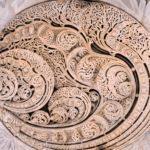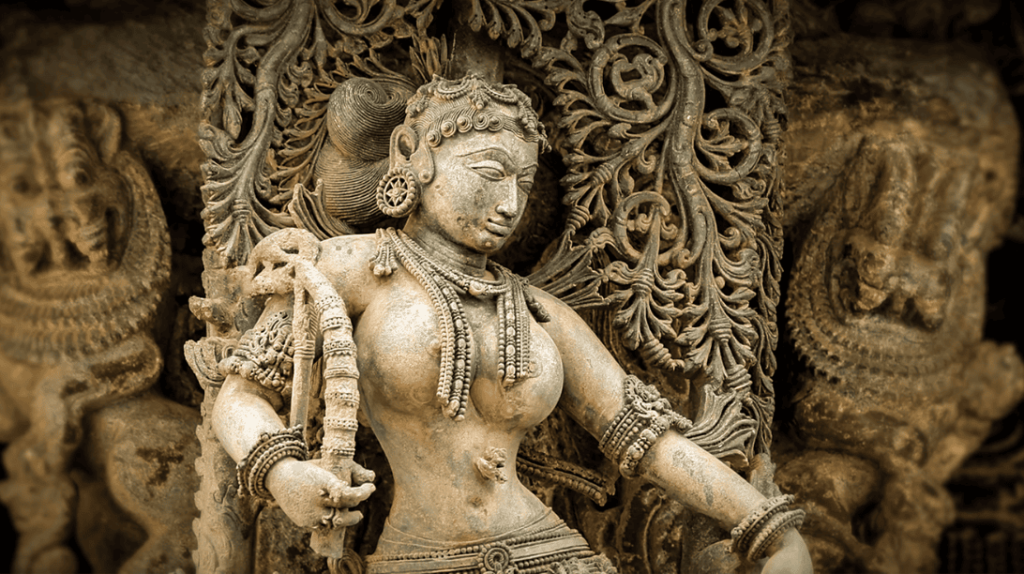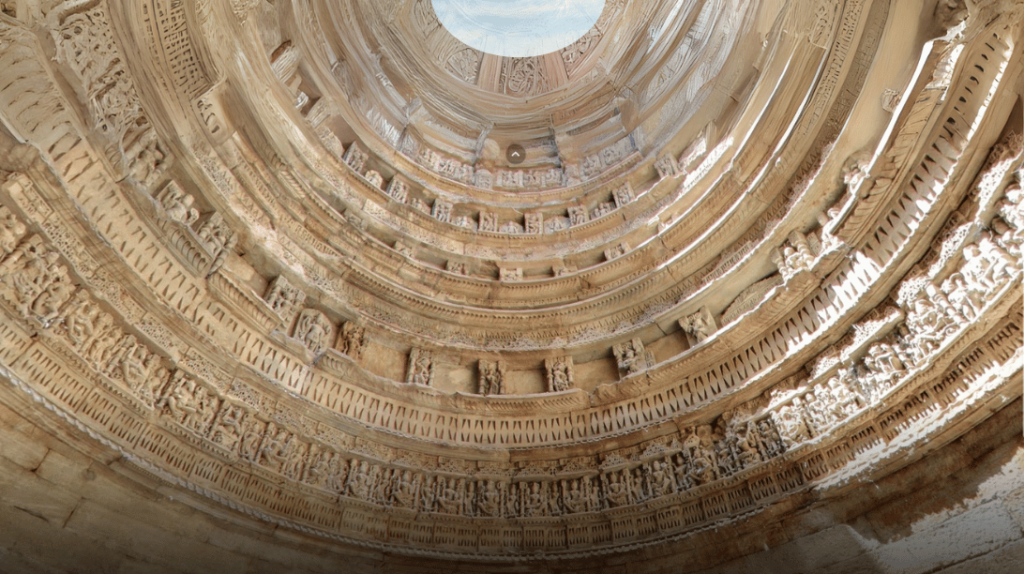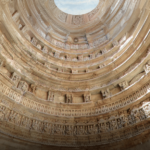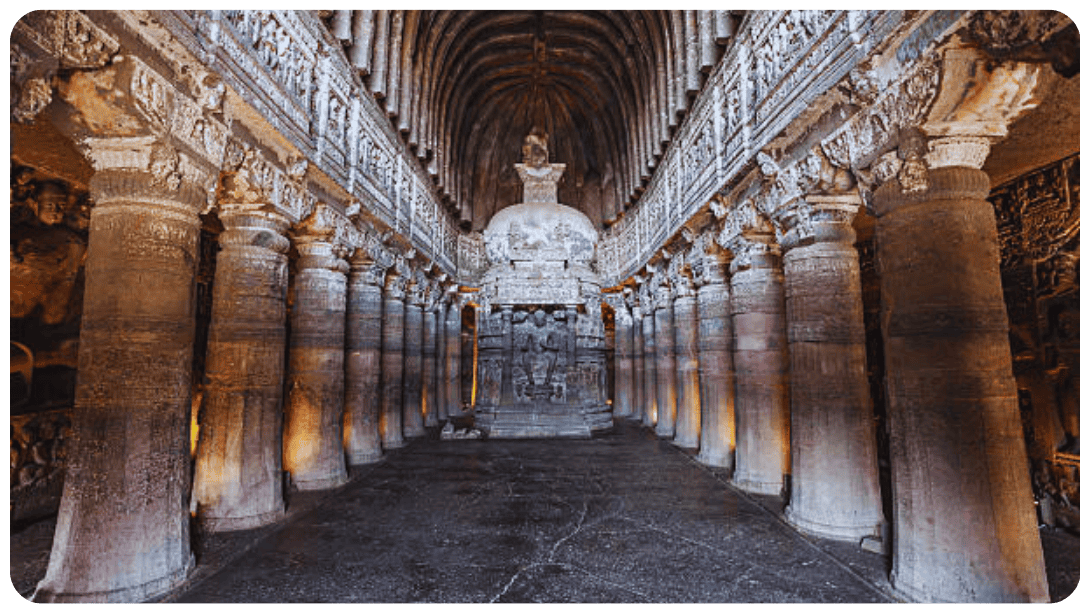
Located in Maharashtra, India, are one of the most remarkable feats of ancient engineering and artistic achievement. An UNESCO World Heritage site, Carved from a single basalt rock, the Kailasa Temple (Cave 16), the most famous among the 34 caves, stands as an unparalleled wonder in world architecture.
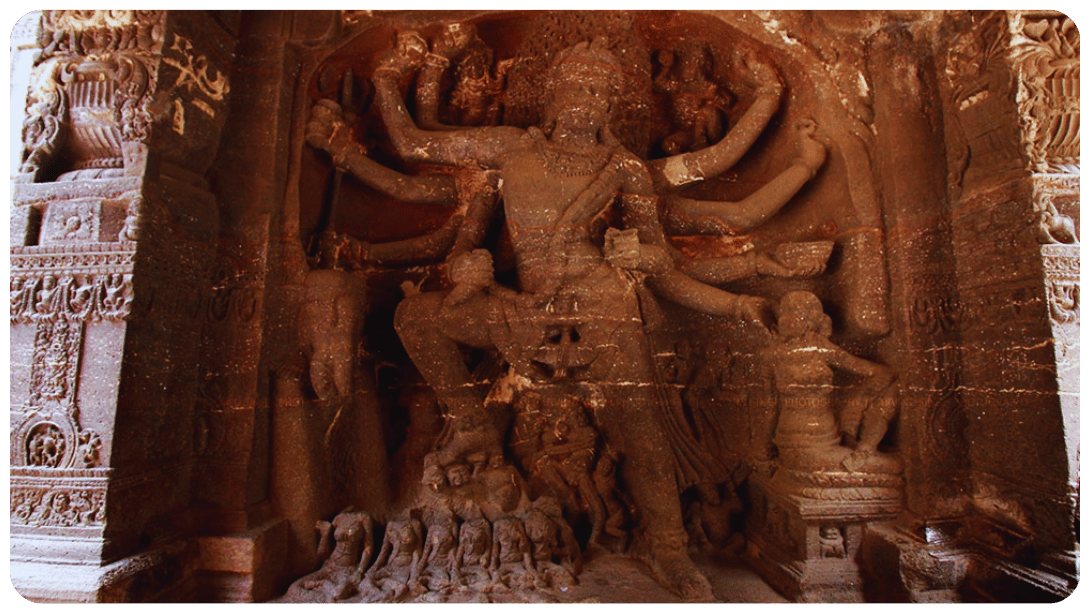
Kailasa Temple: Unfathomable Construction
The Kailasa Temple at Ellora is a monumental structure that defies comprehension. Its vast scale—276 feet long, 154 feet wide, and 100 feet high—makes it the largest monolithic rock-cut temple in the world. Entirely chiseled out of a single rock from top to bottom, it covers an area larger than the Parthenon in Greece. What remains astonishing is how this was accomplished in the 8th century, with the absence of modern machinery.
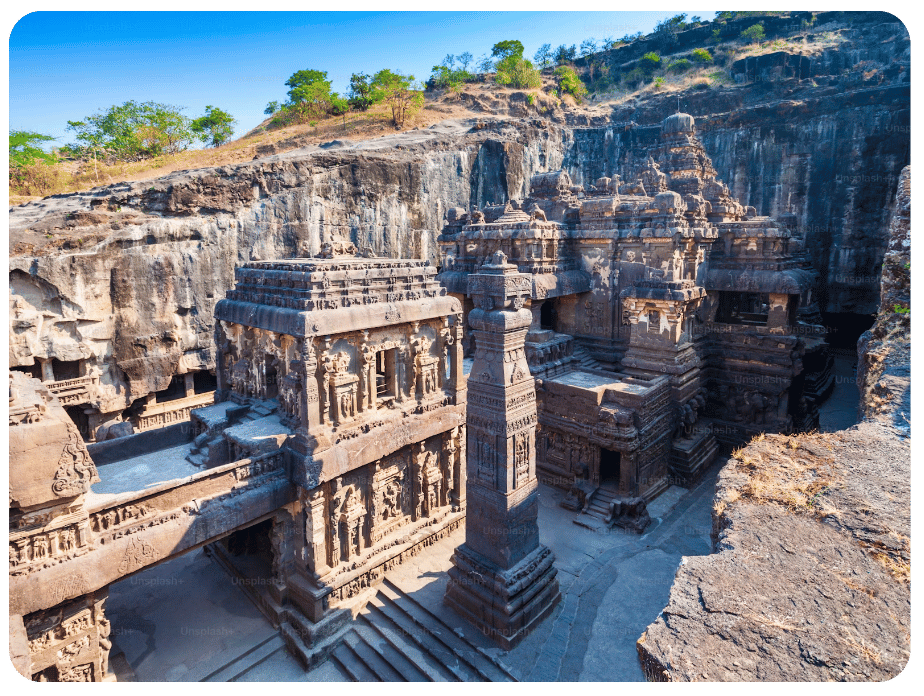
Approximately 400,000 tons of rock were removed to create this awe-inspiring structure. What boggles the minds of scientists and historians today is not only the precision but also the sheer speed with which this might have been completed. It’s estimated that 7,000 laborers would have worked day and night for decades, yet the techniques they employed remain elusive.
Dimensions
Area of Kailasa Temple: 276 feet long, 154 feet wide, 100 feet high
Carved from a single monolithic rock
400,000 tons of rock removed
34 total caves in Ellora, spanning 2 kilometers
Beyond Human Capability?
The construction of the Ellora Caves remains one of the greatest unsolved mysteries of ancient history. The temple showcases complex designs, including pillared halls, intricate statues, and massive relief panels. The precision required to cut and carve without error—knowing that a single mistake would ruin the entire structure—makes the task seem superhuman.
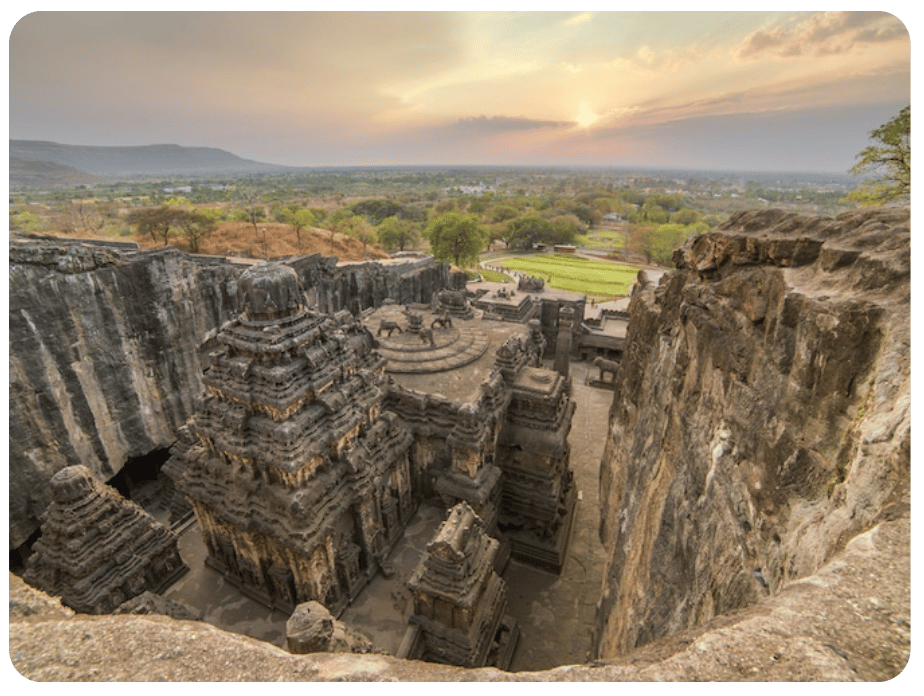
Experts have long debated how the Rashtrakuta dynasty, under the reign of King Krishna I, could have achieved such perfection using the basic tools available in the 8th century. The temple, with its multi-layered pavilions, massive courtyard, and towering gopuram, displays a level of architectural knowledge and craftsmanship that continues to baffle researchers.
No written records from the era provide any concrete explanations of the techniques used, leaving many to speculate. Theories range from lost ancient technologies to divine intervention, yet no definitive answer has been found.
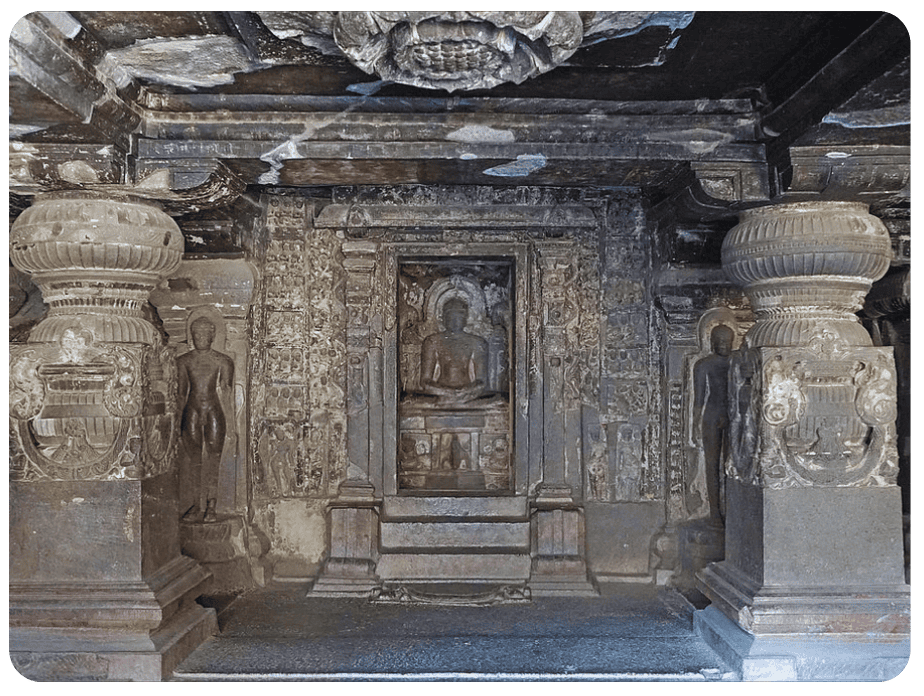
Bharat’s unexplained art!
Ellora Caves are more than just a UNESCO World Heritage site—they are a reminder of India’s unmatched cultural legacy and the mysteries that still surround the heights of ancient engineering.
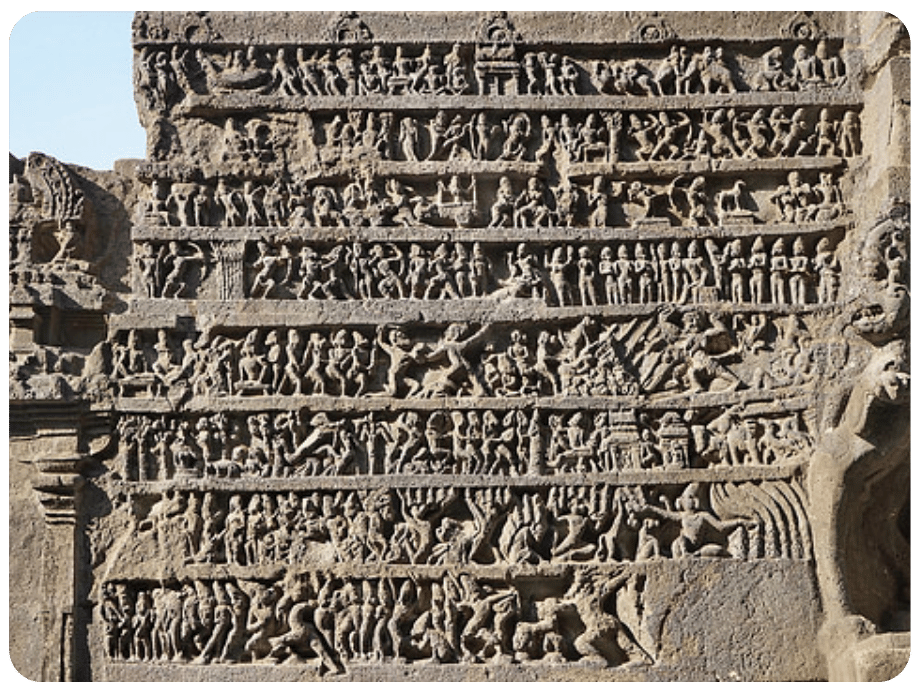
No wonder it continues to baffle and inspire everyone who encounters its towering beauty.

